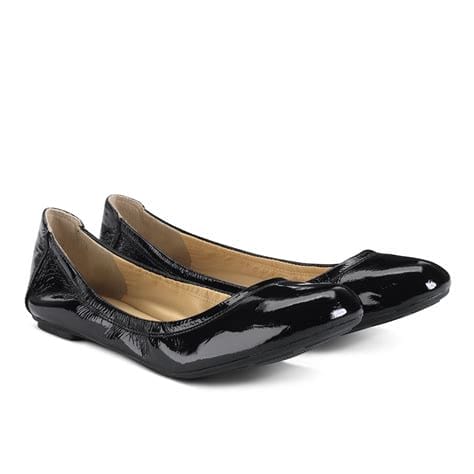Finding the perfect shoe fit can be tricky, especially when navigating between EU and US sizes. This guide makes the conversion between EU and US women’s shoe sizes simple, helping you shop online or travel with ease. With this easy-to-follow information, you can make confident, comfortable choices for your feet every time!
EU to US Women’s Shoe Size Chart
| US Size | EU Size | Inches | Cm | mm |
|---|---|---|---|---|
| 4 | 35 | 9 | 22.8 | 228 |
| 5 | 36 | 9.3 | 23.5 | 235 |
| 6 | 37 | 9.5 | 24.1 | 241 |
| 7 | 38 | 9.8 | 24.8 | 248 |
| 8 | 39 | 10 | 25.4 | 254 |
| 9 | 40 | 10.2 | 26 | 260 |
| 10 | 41 | 10.5 | 26.7 | 267 |
| 11 | 42 | 10.7 | 27.3 | 273 |
Understanding Shoe Size Systems
Shoe sizing varies globally, with each region using its unique measurements and standards. For example, while the US system uses inches, the EU system relies on Paris points, leading to different size labels for the same foot length.
These differences matter because foot shapes and unit measurements can affect fit and comfort. Balancing these factors can be challenging, especially when brands interpret sizes differently.
It’s essential to understand these systems to avoid issues like poorly fitting shoes, which can cause discomfort or even long-term foot problems. By considering these impacts, you can make smarter decisions when converting between EU and US women’s shoe sizes.

How EU and US Shoe Sizes Differ
The main difference between EU and US shoe sizes lies in their measurement systems. The EU system uses Paris points, where each size increases by about 6.6 millimeters. The US system, based on inches, includes half sizes for added precision.
These systems don’t align perfectly, making direct conversions difficult. Factors like rounding, brand variations, and differing fit standards add further complexity.
Understanding these differences is key to avoiding mismatches and ensuring comfort when switching between sizing systems.
Tips for Accurate Shoe Sizing
Getting the right size is about more than just numbers; it’s also about understanding fit and comfort. To start, measure your foot length and width at home by placing your foot on a flat surface and using a ruler or tape measure to find the longest and widest points.
Keep in mind that foot shape can vary, so consider measuring both feet, as one might be slightly larger than the other. Additionally, factors like material and shoe type can affect fit. For example, leather shoes tend to stretch, while athletic shoes may fit snugly for support.
Always check the size guides provided by brands, as they often account for these variations. Balancing these details ensures a better fit, helping you avoid the discomfort of ill-fitting shoes. Making thoughtful decisions about sizing can save you time and prevent unnecessary returns or exchanges.
FAQs
How do I convert EU shoe sizes to US sizes for women?
Answer: To convert EU shoe sizes to US sizes for women, use a conversion chart. Generally, EU sizes are about 1.5 to 2 sizes larger than US sizes. For example, an EU 38 is typically a US 7.5. However, it’s important to consider the brand’s specific size guide, as sizing can vary slightly.
What if my foot measurement doesn’t match the standard size?
Answer: If your foot measurement doesn’t align perfectly with a standard size, it’s best to consider half sizes or try different shoe types. Foot shapes vary, and factors like the shoe’s material or design can influence how it fits. Always check the brand’s size guide and read customer reviews to get a better understanding of the fit.
Why do shoe sizes vary between different brands, even within the same country?
Answer: Shoe sizes can vary between brands due to differences in manufacturing standards, shoe designs, and fit preferences. While size charts provide a general guide, brands may have slight variations in their measurements, especially in terms of width or arch support. It’s always a good idea to check the brand’s specific sizing information and try the shoes on if possible.